(August 13, 2023) Chitra Agrawal grew up in the US, with a mother who came from the South of India and a father who came from the North. Even with ample exposure to cooking styles and dishes from both sides of the family, the food entrepreneur did not plan to make cooking a career.
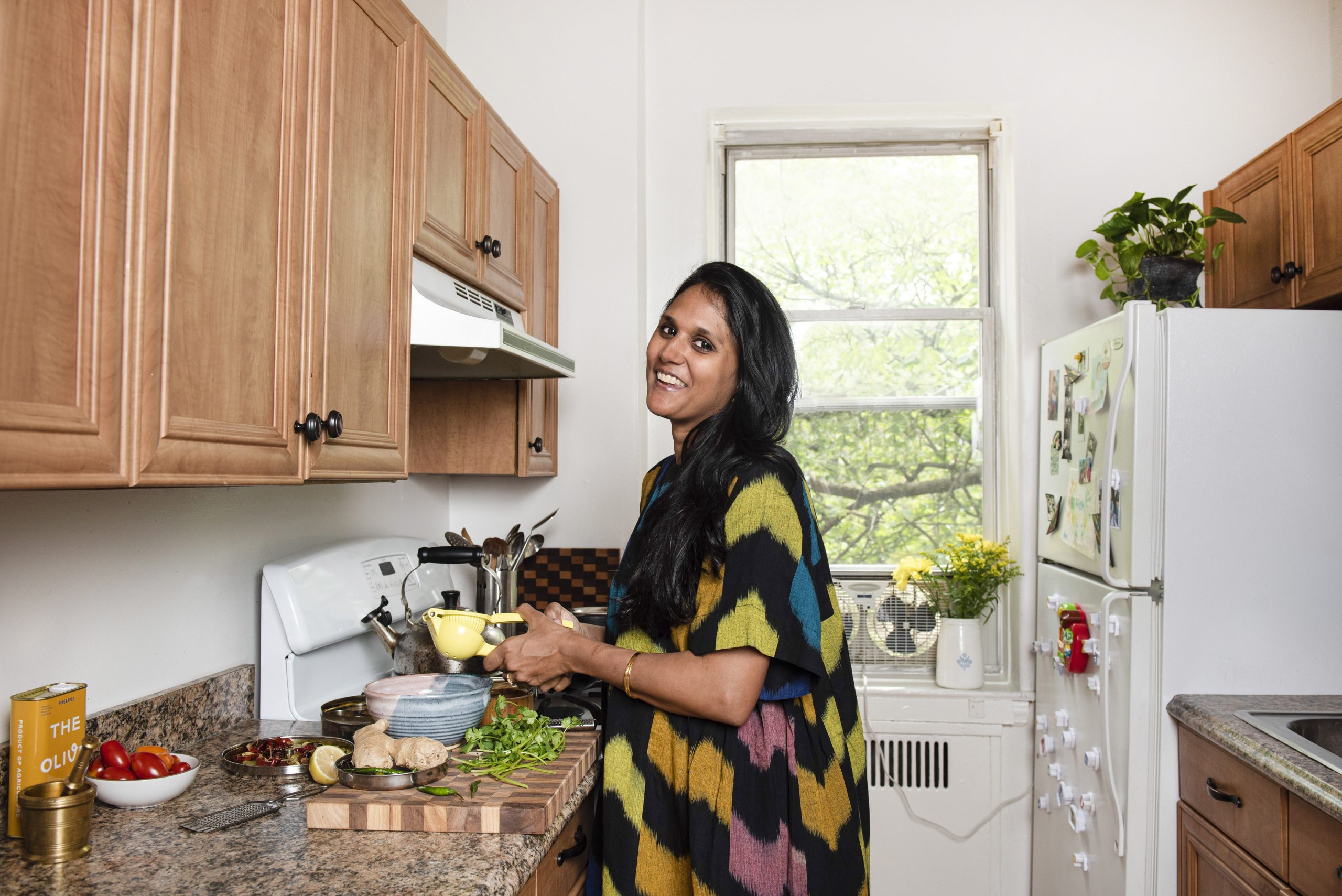
Chitra Agrawal founder of the brand Brooklyn Delhi
But, as a first-generation Indian American, Chitra asserts that she tried to find her own identity through food. She says in an exclusive interview with Global Indian, “I think a lot of first-generation kids have a hard time making sense of the two worlds they occupy, and for me, food was a way to connect with the older generation in my family because culturally, there was always a divide for me. Each time I asked to learn a recipe, it would unlock a story I would never have heard had we not been in the kitchen together cooking. I would then build on those recipes by putting my own twist on dishes like my recipe for a spicy tomato soup that I made using my tomato achaar or lettuce wraps with dosa potatoes and coconut chutney that I included in my cookbook,” the food entrepreneur says. In the book, which showcases recipes from South India, she summarises this journey of finding her identity, “Food was probably the first facet of my heritage that gave me great pride and even confidence in my identity, and that stayed with me.”
From achaars to gravies like tikka masala and cashew korma, author of the cookbook Vibrant India, the food entrepreneur’s brand Brooklyn Delhi is all about cooking Indian food with joy.
Finding her identity through food
Even while working, Chitra retained a strong interest in food. Speaking about her early days, the food entrepreneur says, “I started spending vacations at home following my parents around in the kitchen, observing, trying my hand at preparations, and taking copious notes. Trips to India became field studies, a way for me to gather as much knowledge as I could from elder family members. I spent nights poring over esoteric cookbooks I had brought back from India, cross-referencing recipes in old emails my mother had sent me when I was at college, and logging hours on the phone with my parents, as I tried to figure out the precise texture for a soup I was recreating from an old family recipe.”
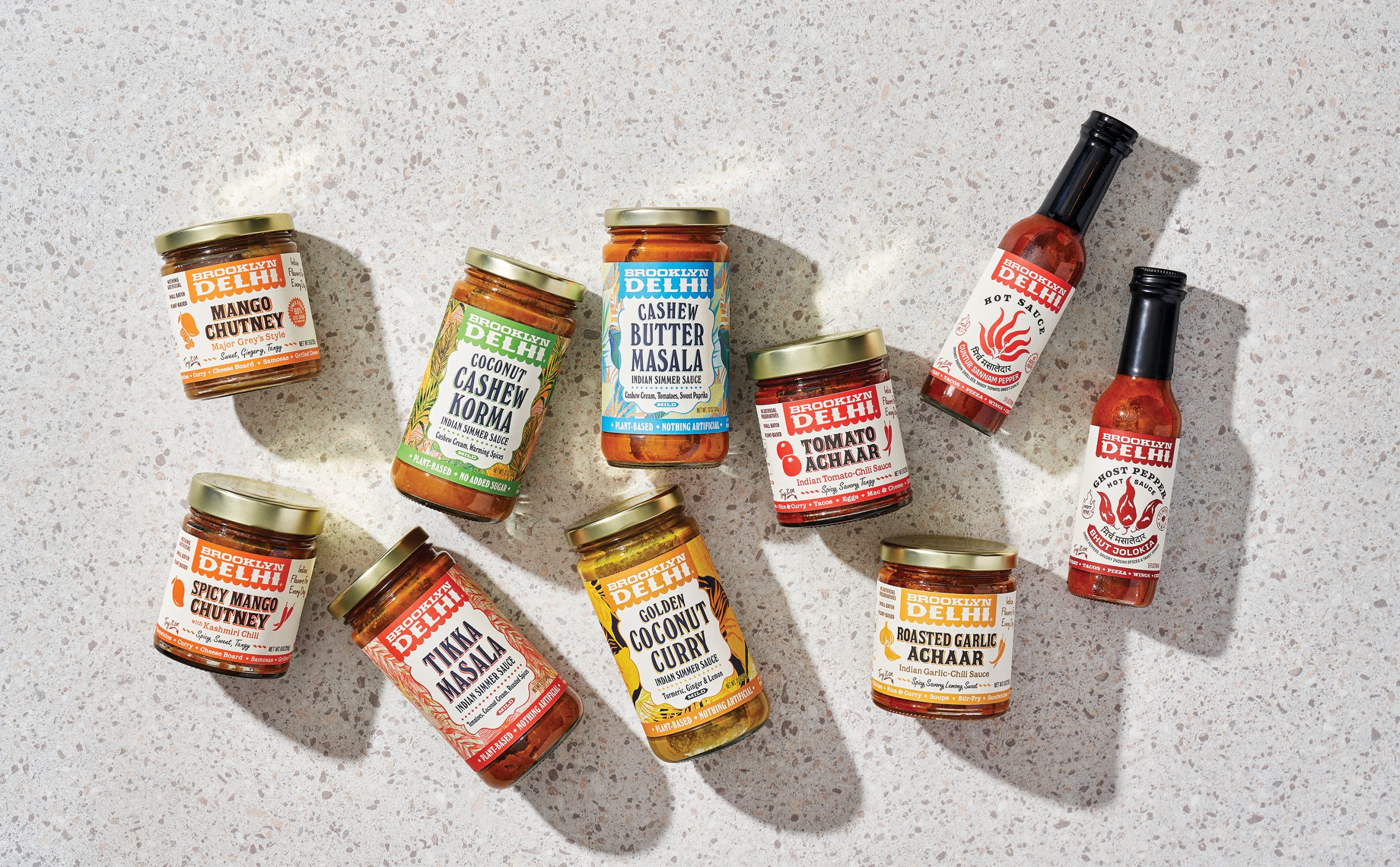
Brooklyn Delhi’s pickle and simmer sauce line
Chitra put in the due diligence that laid the foundation for Brooklyn Delhi. “I began to codify ingredients: the sweetness of grated coconut and jaggery; the sourness of lemon juice, tamarind, and cooling yogurt; the bitterness of ginger, curry leaves, and black mustard seeds; the heat of black pepper and chilli peppers; and just enough salt to hit the savoury note. In the process of learning these recipes, I was also learning more about my family’s history, something I always felt distant from growing up in America,” shares the food entrepreneur.
Building brand Brooklyn Delhi
Her journey into cooking quite literally started with her home experiments and hosting pop-ups with local farmers. The food entrepreneur recalls, “I hosted a great many pop-up dinners before I began Brooklyn Delhi, and partnered with NY farmers and collaborated with local chefs. I hosted an Indian Mexican supper club called Masala Loca with a Mexican chef and an Indian-Chinese supper club called Tangra with Diana Kuan, a Chinese-American cookbook author. For a Tangra dinner, I brought back vegetable seeds from India and my friend and farmer, Jason Gaspar planted them at the Wyckoff Farmhouse where we hosted a dinner featuring these vegetables – white cucumbers and bottled gourds and served the meal with beer brewed with curry leaves from Big Alice Brewing in Long Island City. These dinners were a great way to share my culinary perspective with an audience and the people that attended were my first customers at Brooklyn Delhi.”
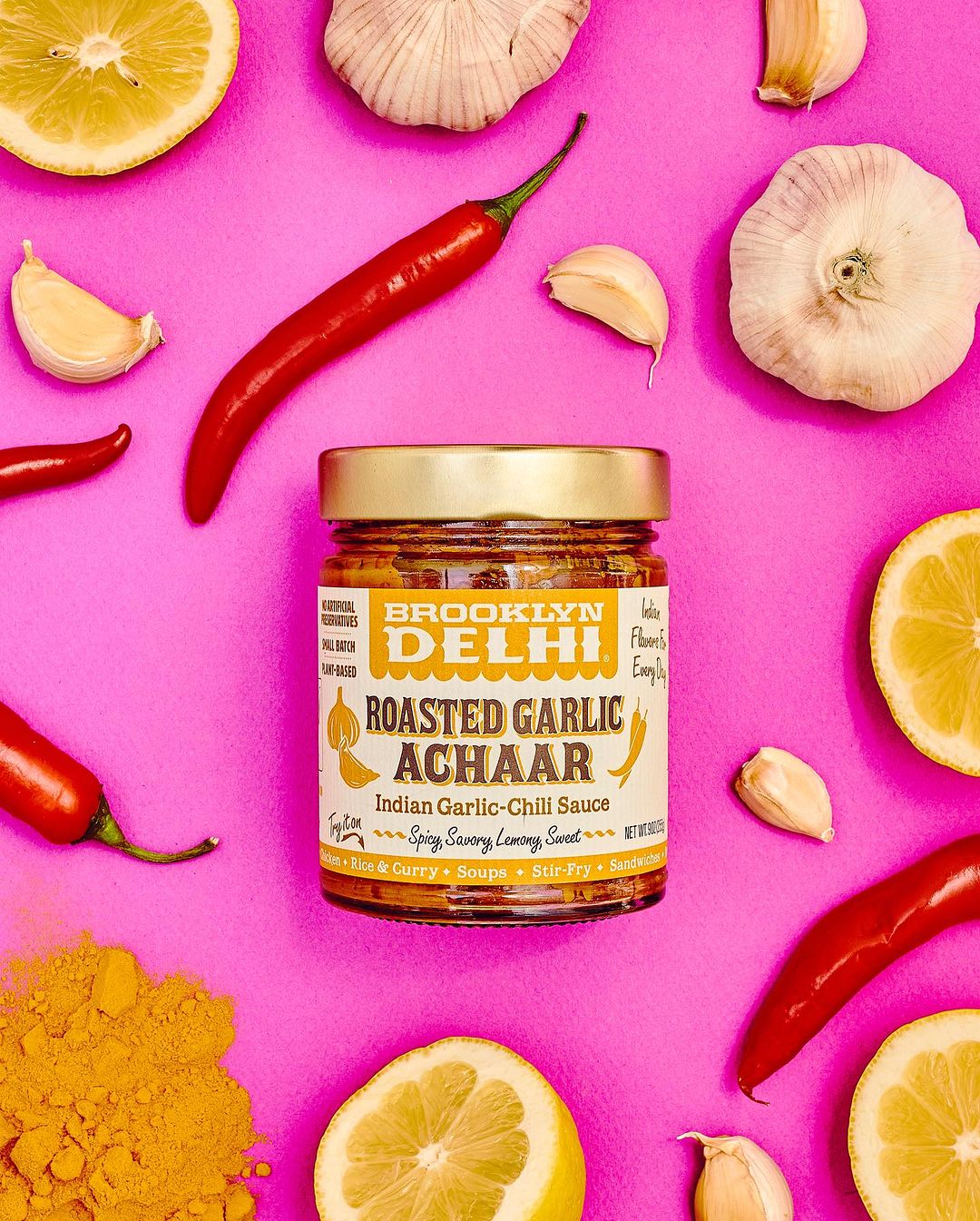
Brooklyn Delhi’s roasted garlic achaar was born out of Chitra’s love for Italian cuisine
As her confidence grew with these pop-ups, Chitra experimented with her versions of dishes, using seasonal produce and drawing from the different culinary influences she had been exposed to. Living in different cities like San Francisco, LA and now New York was also a big influence on her and shaped the way she cooked. The food entrepreneur says, “Every place I have lived has taught me something, whether it was a new ingredient or cuisine which I have incorporated into my recipes. For instance, I grew up in Jersey and loved having Italian dishes with roasted garlic which was the inspiration for my roasted garlic achaar at Brooklyn Delhi.”
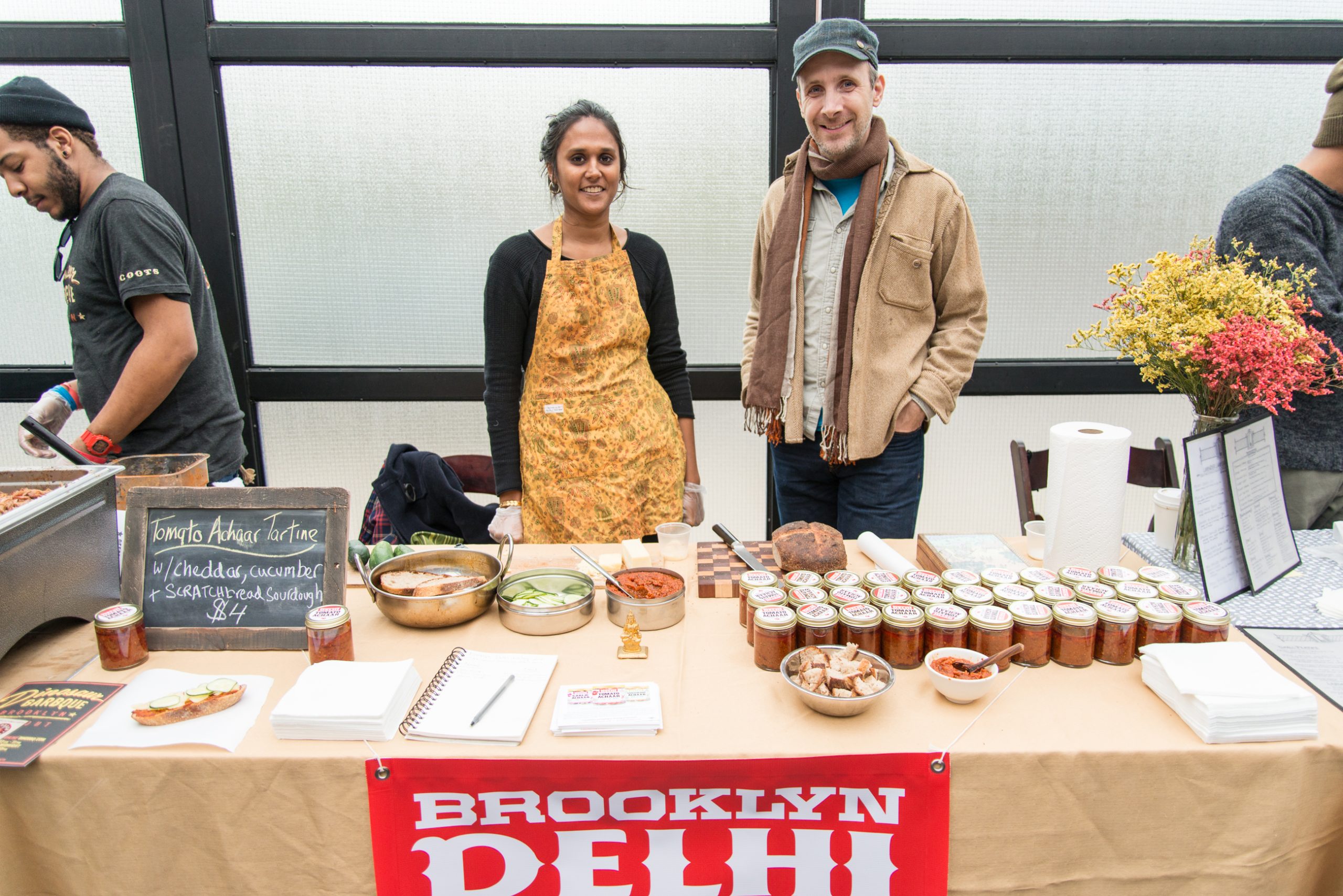
Brooklyn Delhi at Holiday Bazaar
She adds, “I was drawing from Italian flavours and even the greasy-spoon diners of my youth in New Jersey, Asian and Mexican flavours from my time in California, and my discoveries in my new home of New York. I was blogging regularly and realised that my readership had grown beyond my initial audience of my mom and a handful of friends. I was hired to teach my first private cooking class. Next, a chef friend of mine asked if I’d collaborate with her on a menu for an Indian-and-Mexican-themed supper club. From that point on, I was hooked!”
The pop-ups led to Chitra selling her prepared food at local markets in Brooklyn, teaching cooking classes with a focus on healthy and easy recipes. The food entrepreneur says, “A project that began with a goal to preserve my family’s culinary traditions had become a way for me to connect and engage with communities around me.”
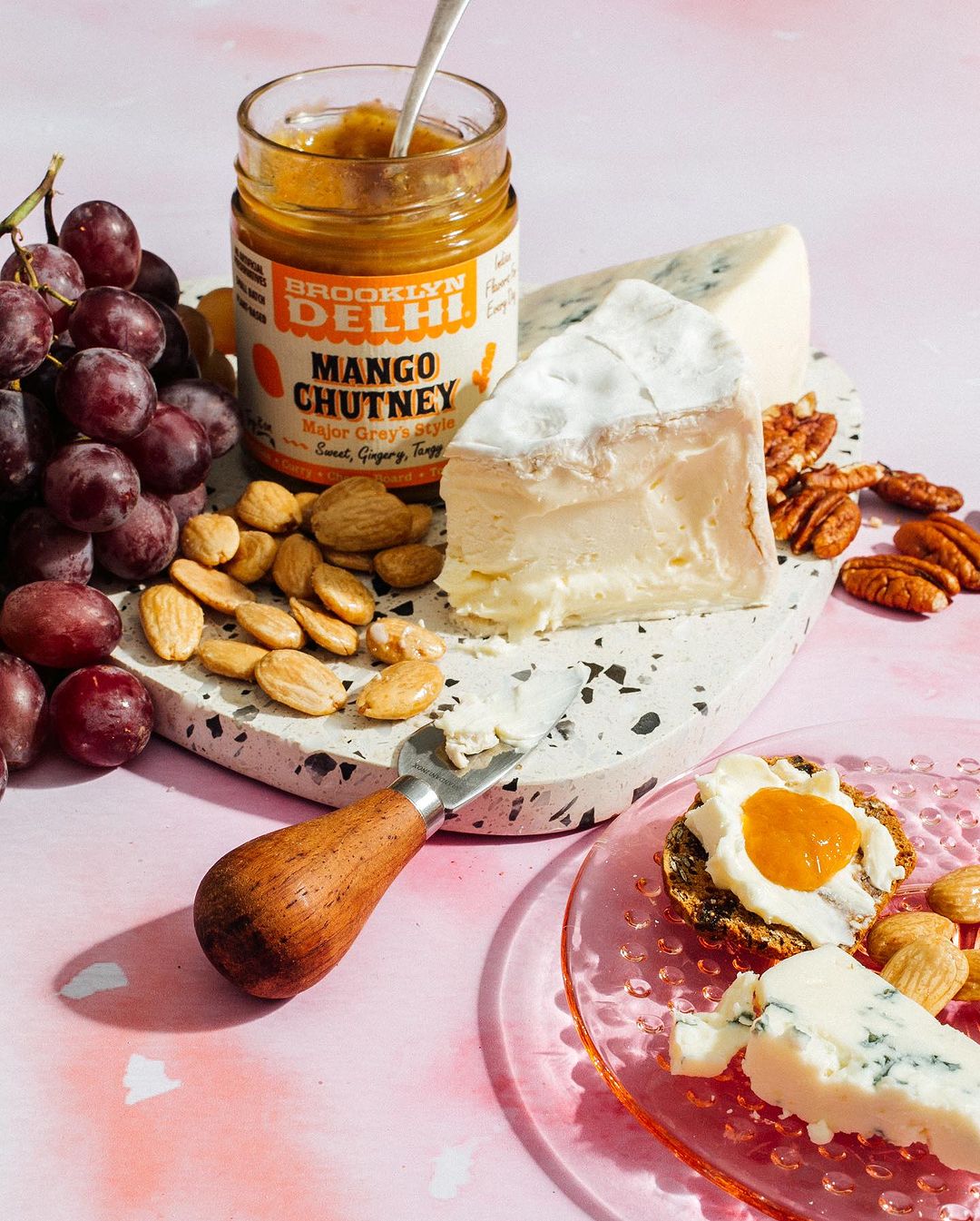
The brand’s Mango Chutney is a hot favourite
Sometime around 2013-14, she decided to launch her company and named it Brooklyn Delhi. It is an Indian condiments company she co-owns with her husband Ben, a food packaging designer and artist. It was, however, a challenging time. The food entrepreneur recalls, “At the same time we decided to launch Brooklyn Delhi, I also got a new job offer and landed the deal to write this cookbook. That was in 2013, and I was at a crossroads. There was no way I was going to be able to work at my day job, run a condiments business, and write a book. I couldn’t ignore the fact that my interest in food had grown past a hobby. After much agonising, I decided to leave my decade-long career in marketing to pursue food full-time. My parents were concerned, but I believed this was my chance. It was terrifying to give up my professional identity and the promise of a substantial weekly paycheck and benefits. To top it off, I was planning my wedding, in a town hundreds of miles from where I lived.”
Still, she went ahead and launched in 2014, with Ben designing the packaging, and her first product being achaars, which Chitra loves. The food entrepreneur says, “We launched with achaar and I also work with New York farmers to source thousands of pounds of produce to make achaars at Brooklyn Delhi. On our website, our bestsellers are our tomato achaar and roasted garlic achaar.”
Authentic all the way
Another challenge was the products themselves. Marketing pickles as achaars and not the local gherkins-dunked-in-saline versions was not easy. The food entrepreneur agrees, “I’d say the most difficult product to commercialise was my roasted garlic achaar. It is a lengthy process but the results are unparalleled and I’m very proud of it. I developed my tomato and garlic achaar with 75 percent less sodium than other brands in the stores, so the education goes both ways. With the South Asian community, I want to let them know that you can use these achaars more like sauces since they have less sodium, and with the non-South-Asian audience, I educate them via social media, emails, and in-person on what it is and how to use it. I update our blog with recipes too using the achaars weekly to inspire our customers.”
A recent addition to her oeuvre has been the cashew butter masala simmer sauce — the first vegan product in her range. Chitra’s innovation is aimed at the growing trend of going vegan. She reiterates, “All of our sauces at Brooklyn Delhi are vegan but our cashew butter masala is the first vegan version of the butter masala available in grocery stores. I replace all of the dairy and butter in popular Indian sauces with cashew butter and coconut cream so that everyone can enjoy them whether you eat meat or not.”
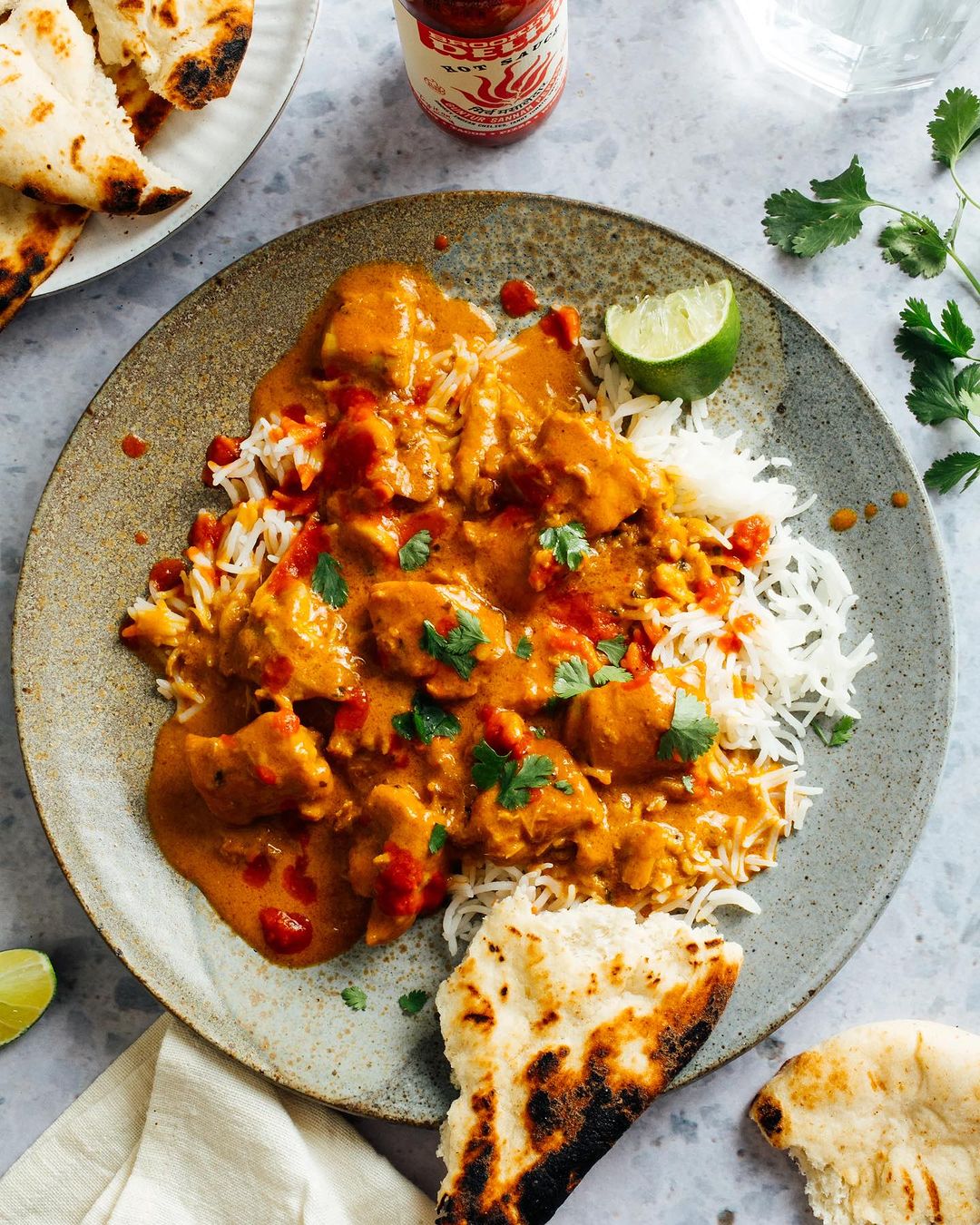
Slow cooked chicken tikka masala served with rice at Brooklyn Delhi
She sources ingredients with integrity as well. Says the food entrepreneur, “We maintain a strong commitment to ethical sourcing and creating flavours that honour our Indian food traditions. Our products contain no preservatives, no artificial flavours, no high-fructose corn syrup. We reject fillers, emulsifiers, and additives commonly used in mass-market products. Instead, we meticulously source wholesome ingredients, often sampling over ten suppliers for a single ingredient to choose one that gives optimal flavour to our recipes.”
Looking back, the food entrepreneur believes that though she has never worked harder, she has never felt as fulfilled as she does now. And it is all thanks to a multicultural upbringing and a jar of pickles.
Places you would go to for:
- Authentic Italian: Al Di La in Park Slope
- Fine dine authentic Indian: I’m not really a fine dining type of girl, but one restaurant that I do adore is Jalsa located in Little Pakistan on Coney Island Avenue in Brooklyn. Standouts on the menu are their spinach chaat, cauliflower keema, paneer nizami
- Street food: NYC Dosas in Washington Square Park
- Pan Asian: I had the most delicious meal at Bonnie’s in Williamsburg and highly recommend it.
- Your favourite Indian dish that you love to cook/serve and eat: I’m a sucker for saag paneer and I actually made a recipe hack for it using my coconut cashew korma.
- Follow Chitra Agrawal on Instagram and LinkedIn
- Follow Brooklyn Delhi on Instagram, LinkedIn, and their website


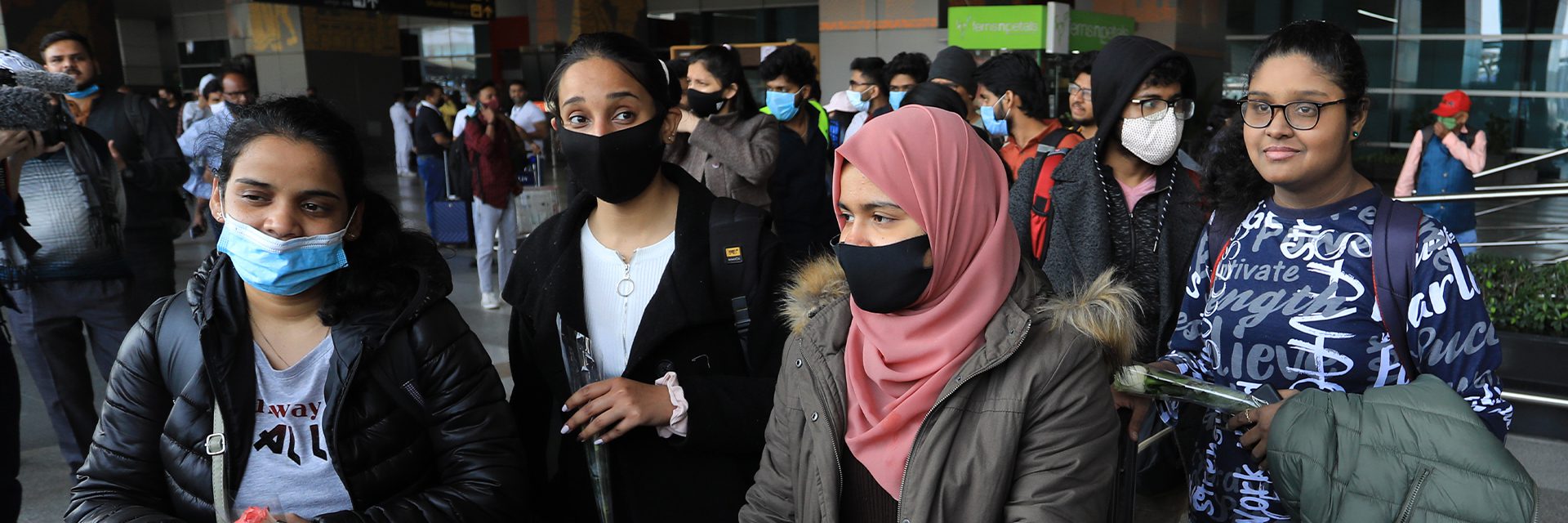

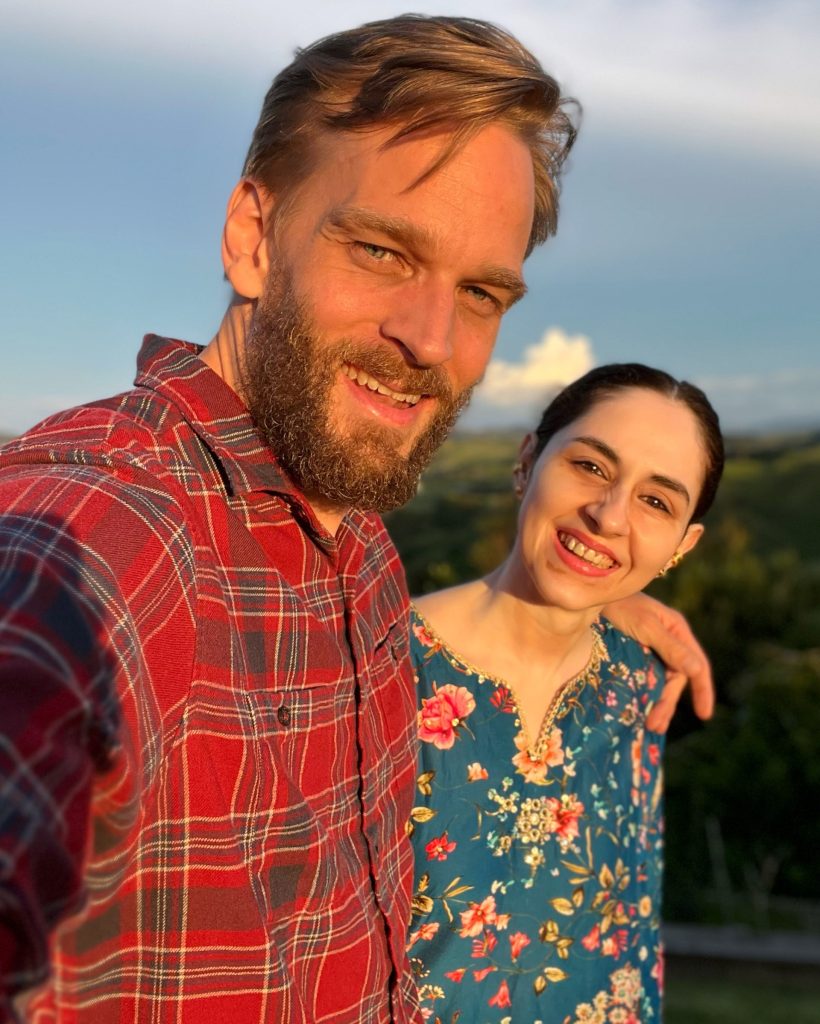
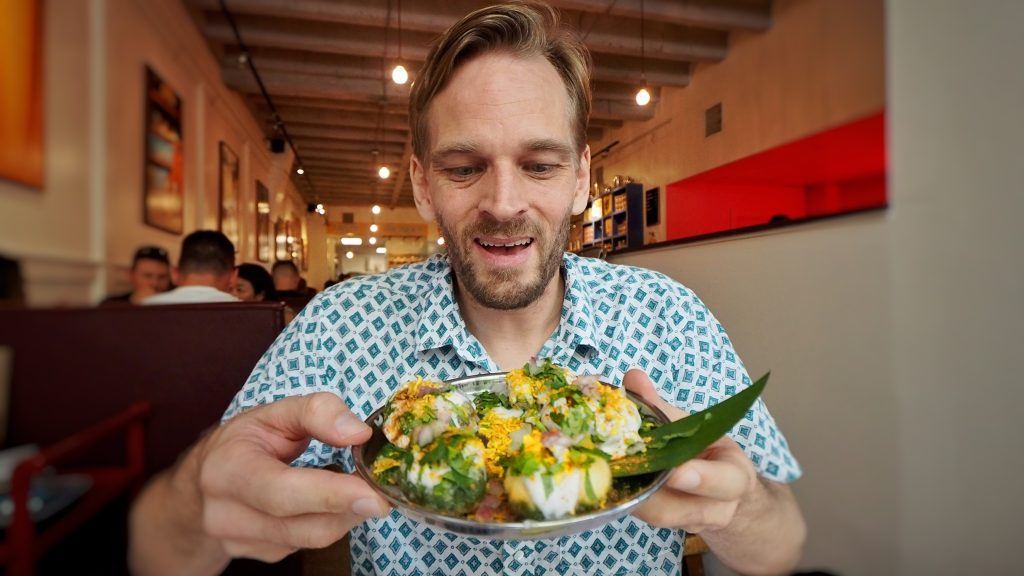
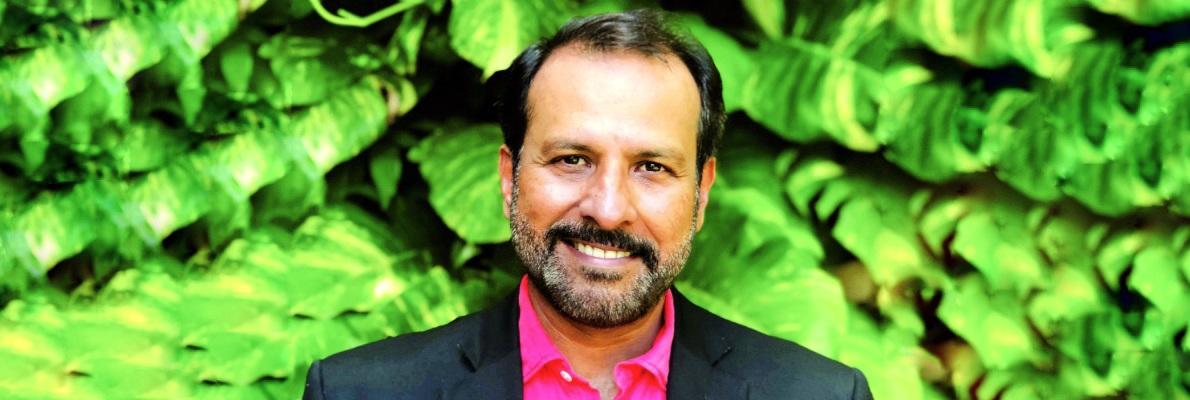
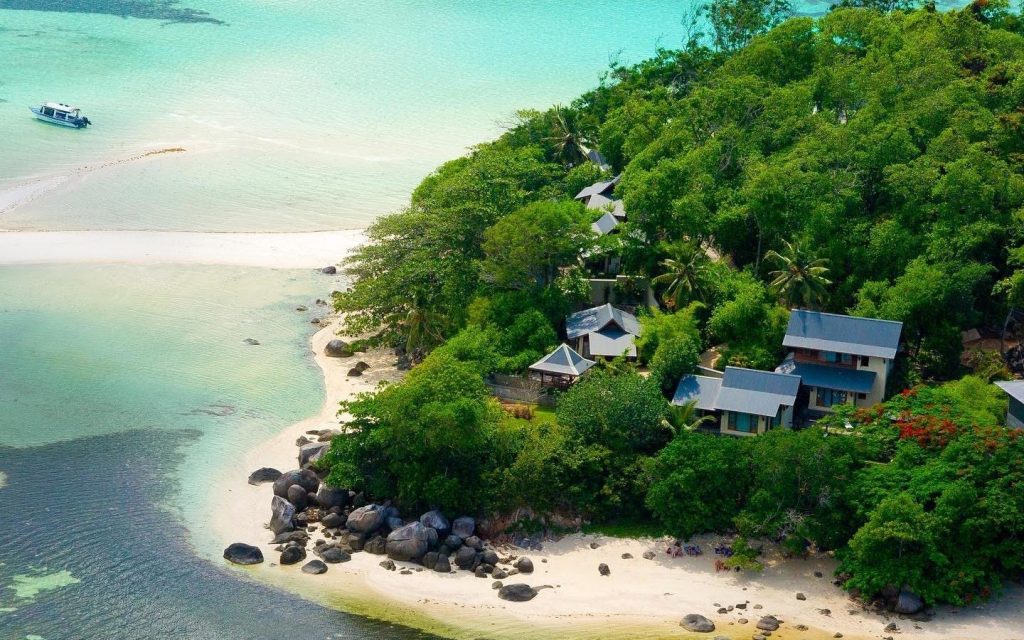 JA Enchanted Island Resort[/caption]
JA Enchanted Island Resort[/caption]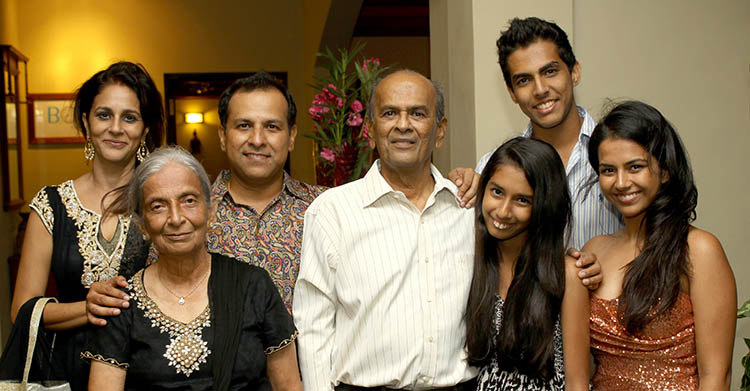 Sunil Shah with his parents, wife and kids | Photo Credit: Kreol[/caption]
Sunil Shah with his parents, wife and kids | Photo Credit: Kreol[/caption]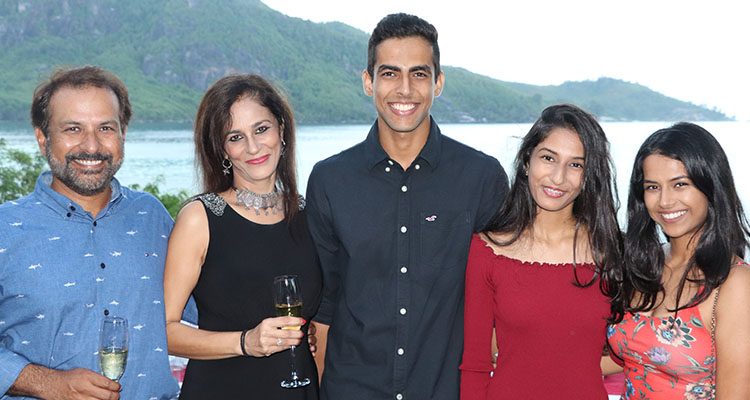 Sunil Shah with his wife and kids | | Photo Credit: Kreol[/caption]
Sunil Shah with his wife and kids | | Photo Credit: Kreol[/caption]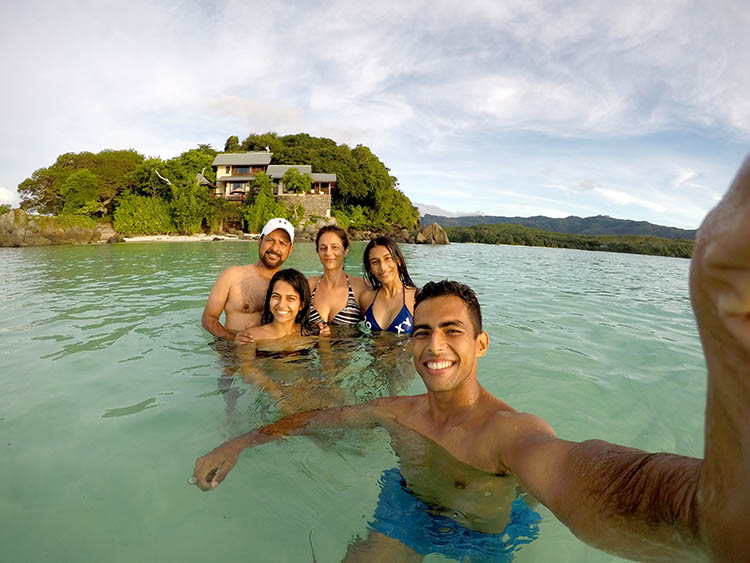 Sunil Shah and his family with JA Enchanted Island Resort in the background | | Photo Credit: Kreol[/caption]
Sunil Shah and his family with JA Enchanted Island Resort in the background | | Photo Credit: Kreol[/caption]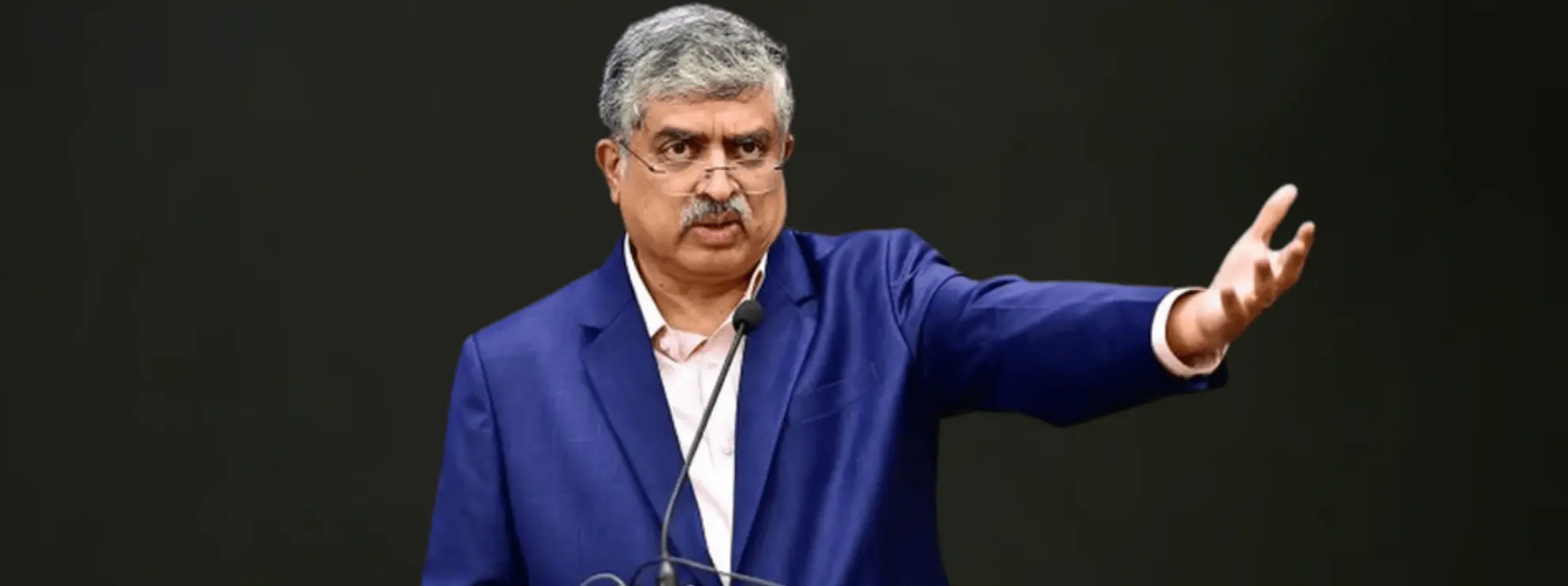
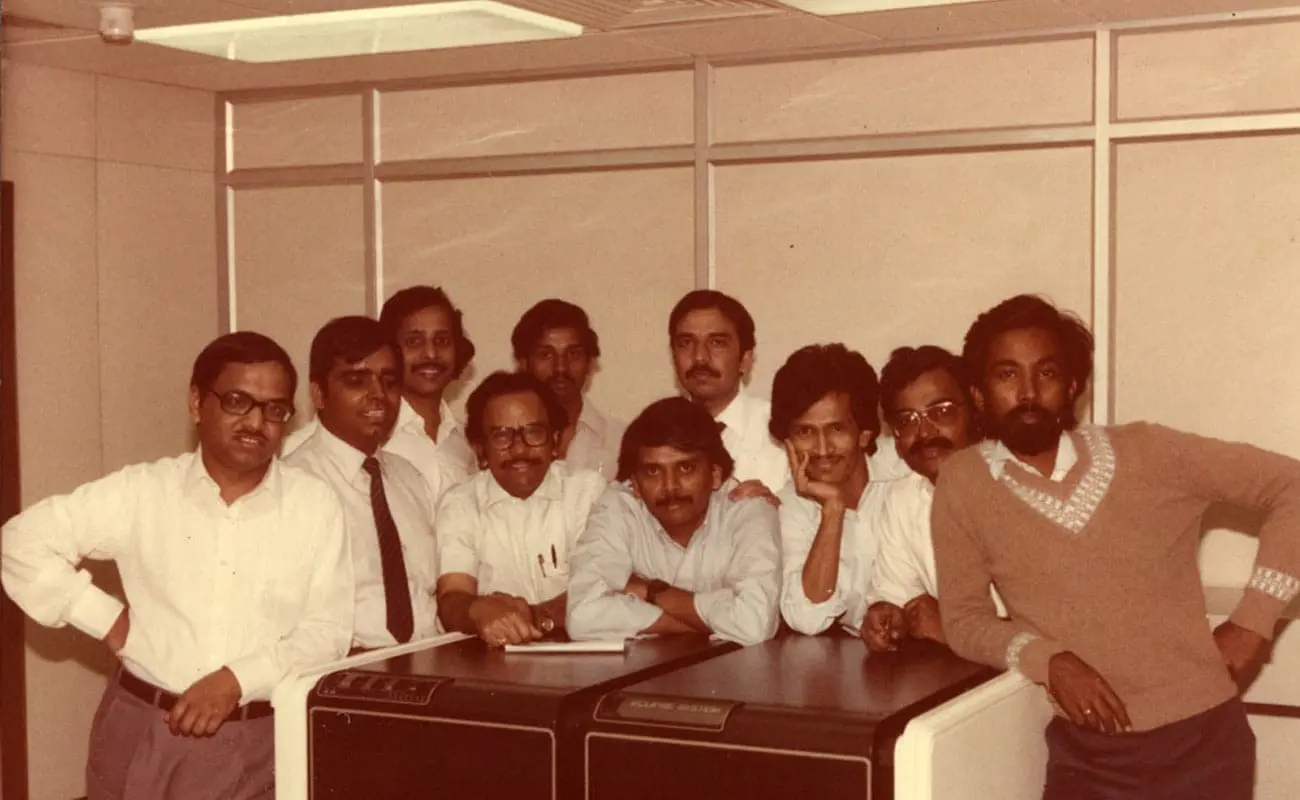 The co-founders of Infosys[/caption]
The co-founders of Infosys[/caption]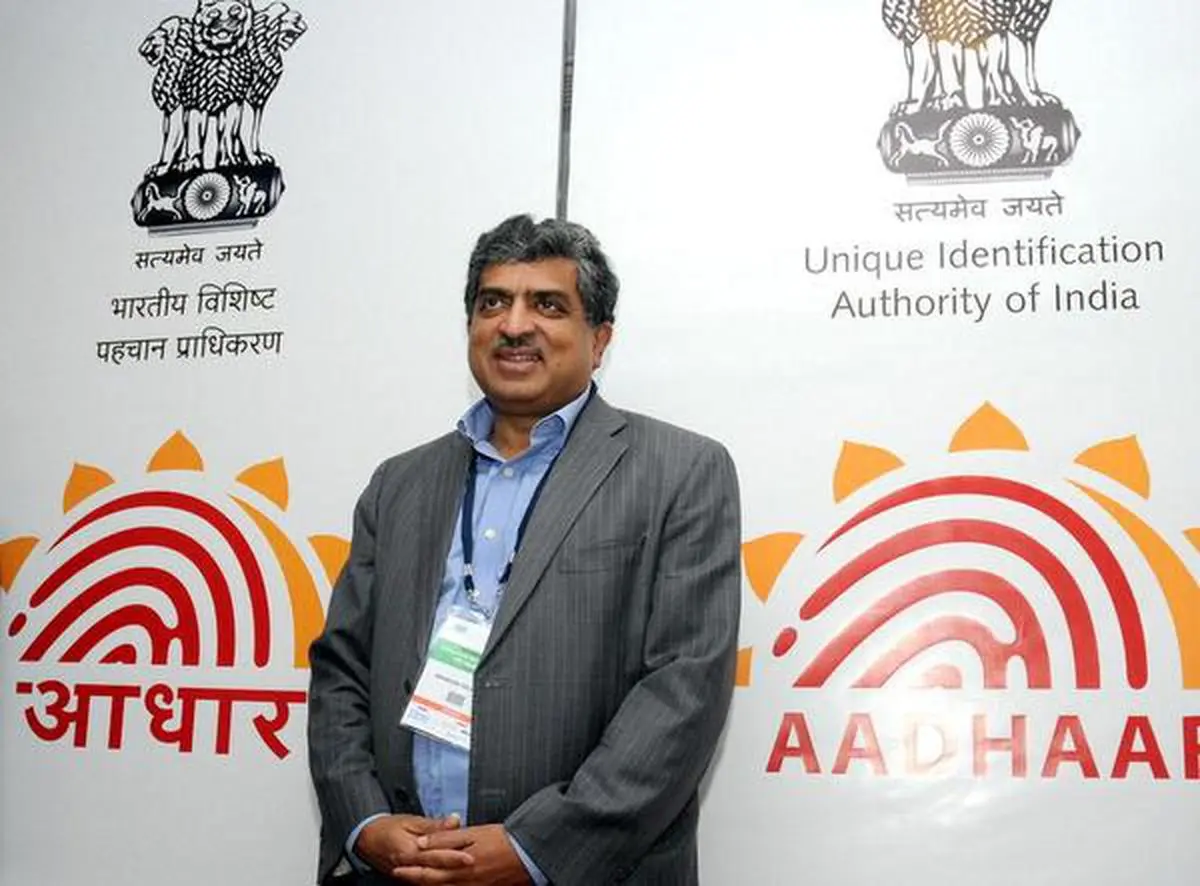
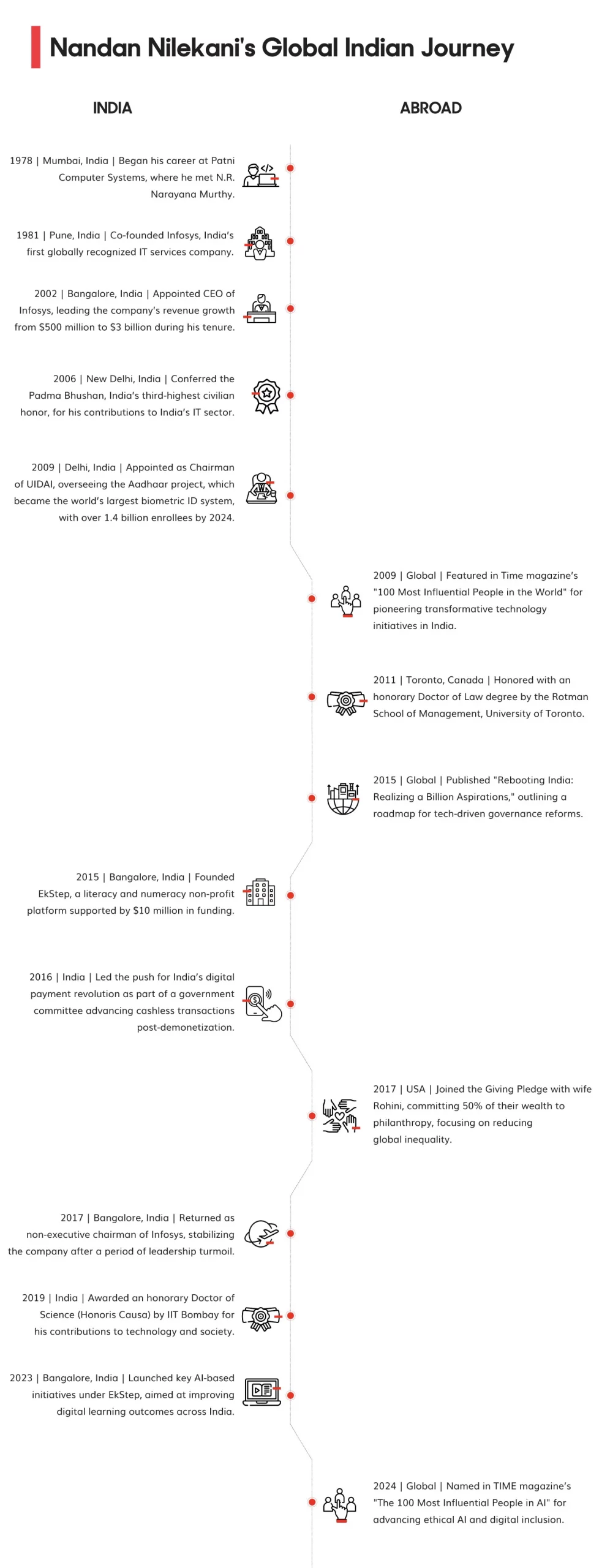
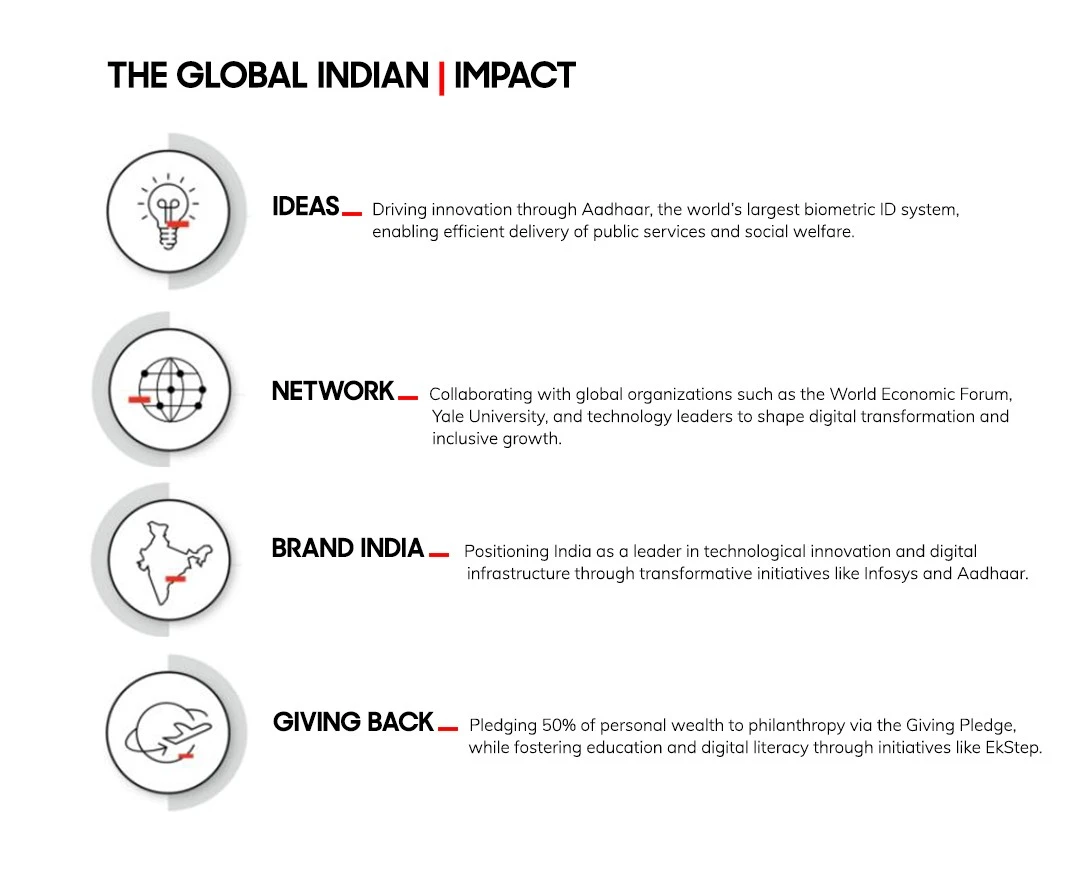

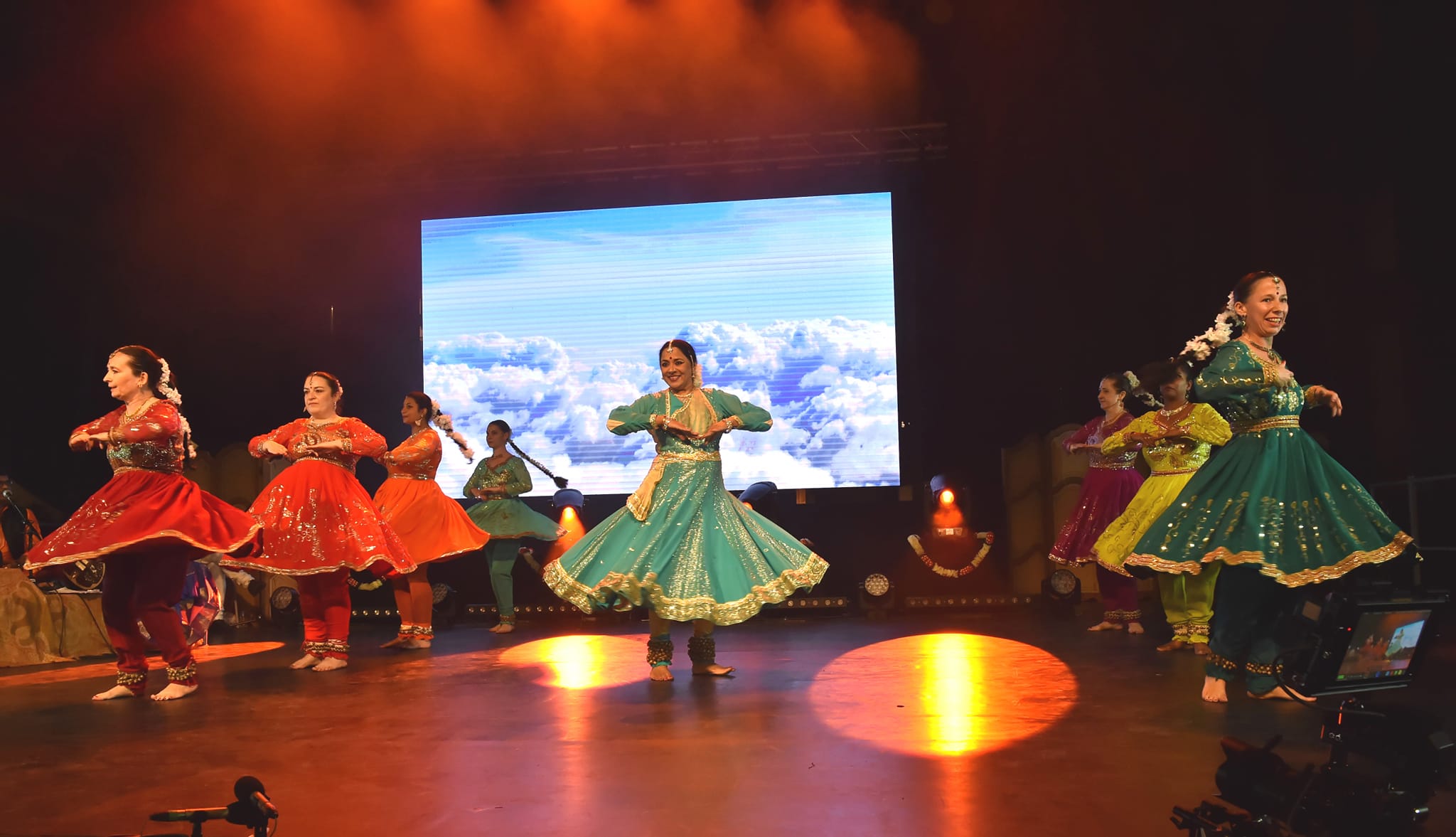 Dr Ranganathan performing at the Routes Indiennes International Festival with her French students[/caption]
Dr Ranganathan performing at the Routes Indiennes International Festival with her French students[/caption]